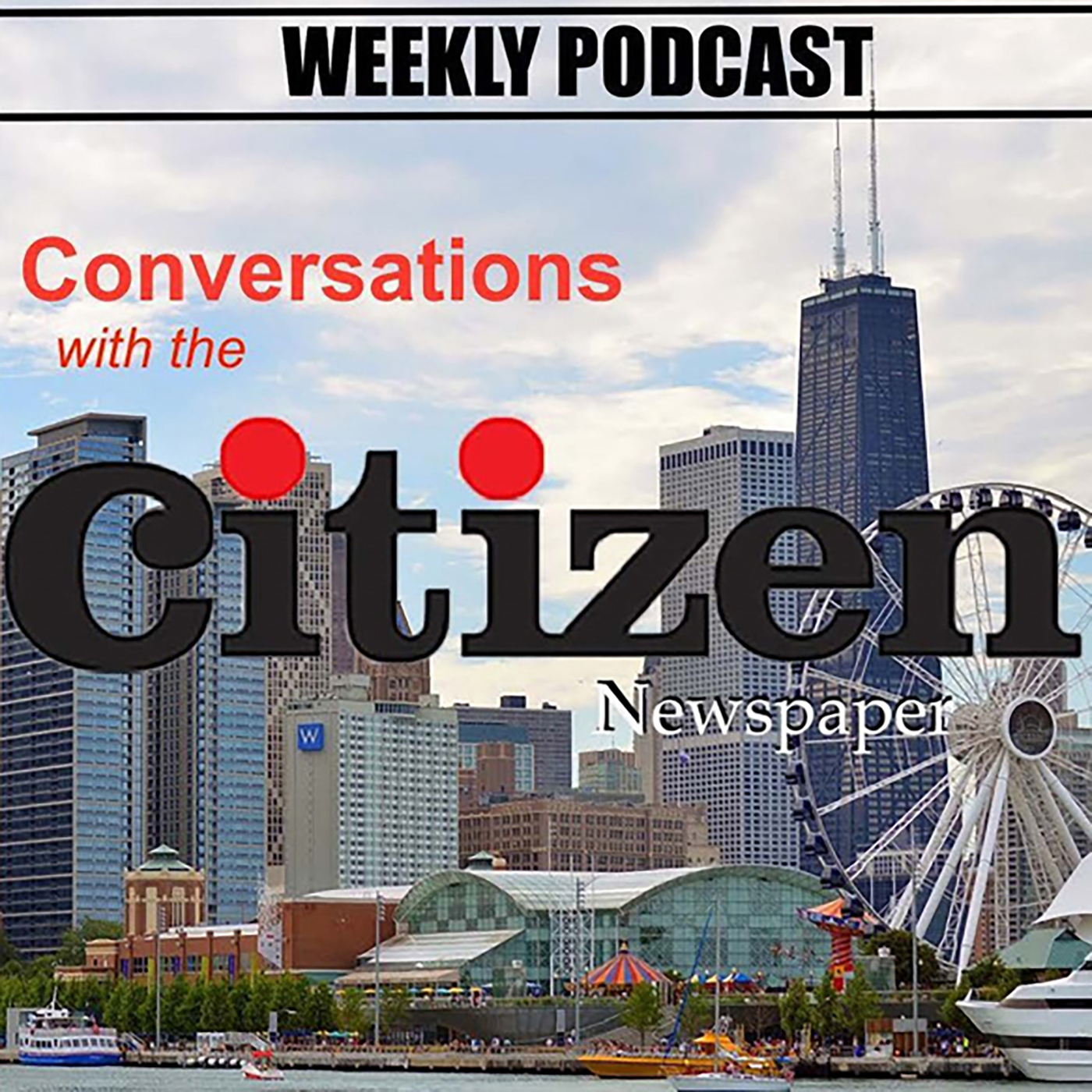Protesters Continue Hunger Strike Even Though Chicago Officials make Dyett Open Enrollment, Art School
It was supposed to be a one and a half hour public meeting discussing the mayor’s budget for Chicago.
There were complaints from residents of the city’s South Side about issues ranging from tax increment financing to red light tickets.
But what cut short Chicago Mayor Rahm Emanuel’s town hall meeting last Wednesday night was a group rallying to support the re-opening of a Bronzeville neighborhood high school as an open enrollment one.
Emanuel was escorted from a temporary stage at the South Shore Cultural Center, 7059 S. South Shore Dr., when more than 20 supporters of the open enrollment plan stormed the platform about 40 minutes into the meeting.
The group’s efforts, which included a hunger strike by a dozen people since Aug. 17, paid off in part.
Chicago Public Schools (CPS) officials announced the following day that Walter H. Dyett High School would become an open enrollment school, focusing on the arts.
The announcement was made as part of an attempt to put an end to the protests and a hunger strike.
But protesters said the strike will continue, saying they not only wanted an open enrollment school but also one geared towards green technology.
The Coalition to Revitalize Dyett wants a “green tech” school that would incorporate a science curriculum meant to capitalize on its location in Washington Park. The school at 555 E. 51stSt. would be a LEED-certified green building.
“This does not reflect the community,” the group said in a statement about CPS’s latest plan for the school.
City school officials want the school to have an arts theme based on its namesake, Walter “Henri” Dyett, a musical director who taught students like Nat King Cole.
“Walter H. Dyett has a storied history of serving students and the community of Bronzeville, and this new neighborhood arts program and community center will continue this proud tradition and ensure a bright future for the children and families of Bronzeville,” said Frank Clark, president of the Chicago Board of Education.
CPS CEO Forrest Claypool said the school plan “best meets our children’s needs, and this plan creates the opportunity for a unique, world-class high school on the South Side.”
“Working with community partners, we arrived at the solution that meets multiple needs: creating an open enrollment neighborhood high school, producing an enrollment stream that can weather population changes, filing the critical demand for an arts high school on the South Side and working with education leaders to create a technology hub,” Claypool said.
Some black officials, such as Ald. Will Burns (4th Ward) and U.S. Rep. Bobby Rush (1st Dist.), believe the city’s plan is a good compromise.
But Jawanza Malone, executive director of the Kenwood-Oakland Community Organization, which is part of the Dyett coalition, said the city’s plan was “an act of disenfranchisement ” and said parents have worked long and hard for the green proposal.
The hunger strikers will continue to non-solid foods, an act that has already temporarily hospitalized some protesters according to Malone.
“[Parents] have made big sacrifices so their children will have a better future,” Malone said. “The love that they have poured into this plan is big.”
Latest Stories
- Reminder: Taxes are due December 15, 2025. Pay now to avoid late fees. Struggling financially? Our Payment Plan Calculator is a tool you can use
- TWO GOVERNMENTS TO FORMALIZE HISTORIC PARTNERSHIP IN ADDRESSING MENTAL HEALTH CRISIS DURING THE HOLIDAY SEASON
- Trump's Policies Negatively Target Women
- Assessor Kaegi, South and West Side Community Leaders Urge Legislature to Pass Property Tax Relief, Condemn Board of Review's Large Breaks for Downtown Commercial Properties
- State Farm and The Salvation Army Launch National Donation Drive to Support Families This Holiday Season
Latest Podcast
Stacy Davis Gates



